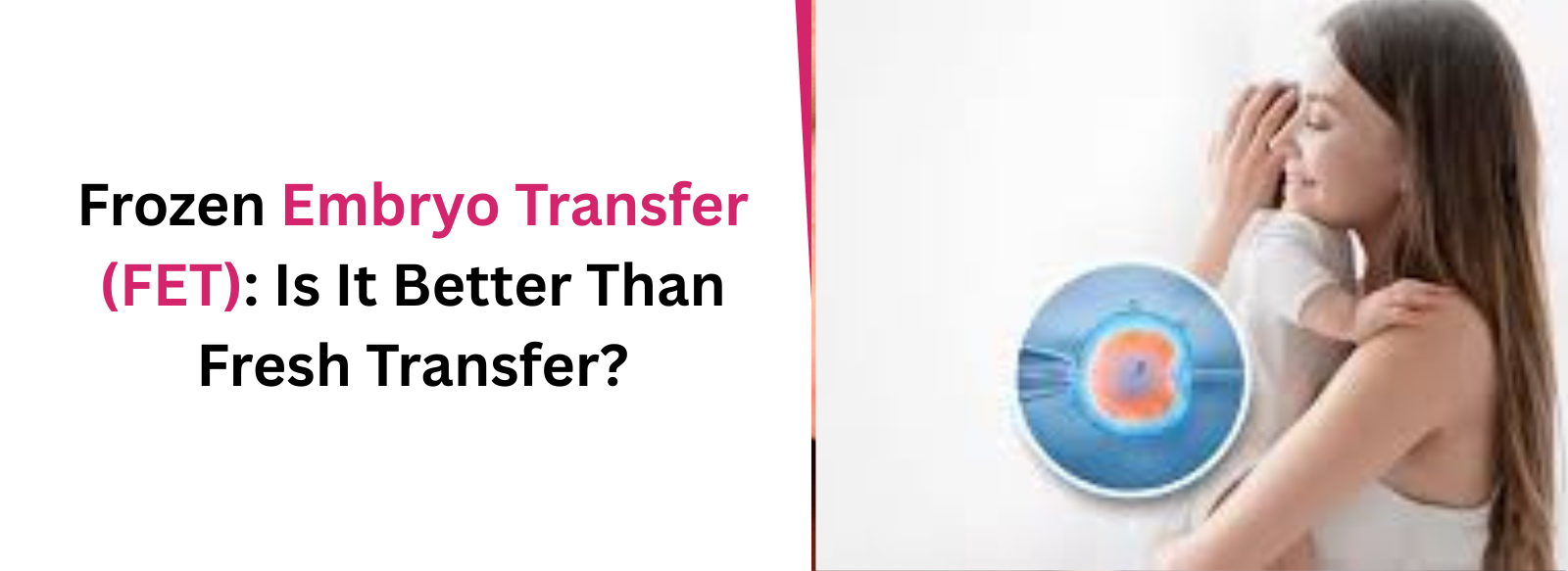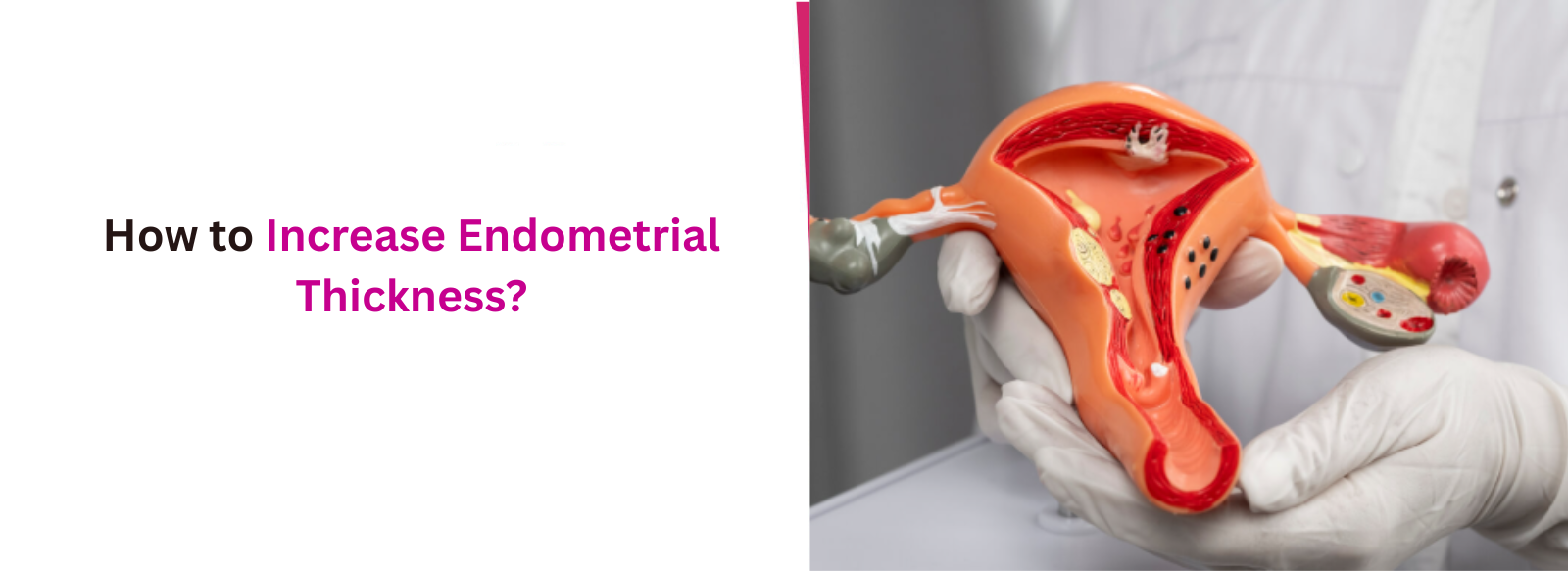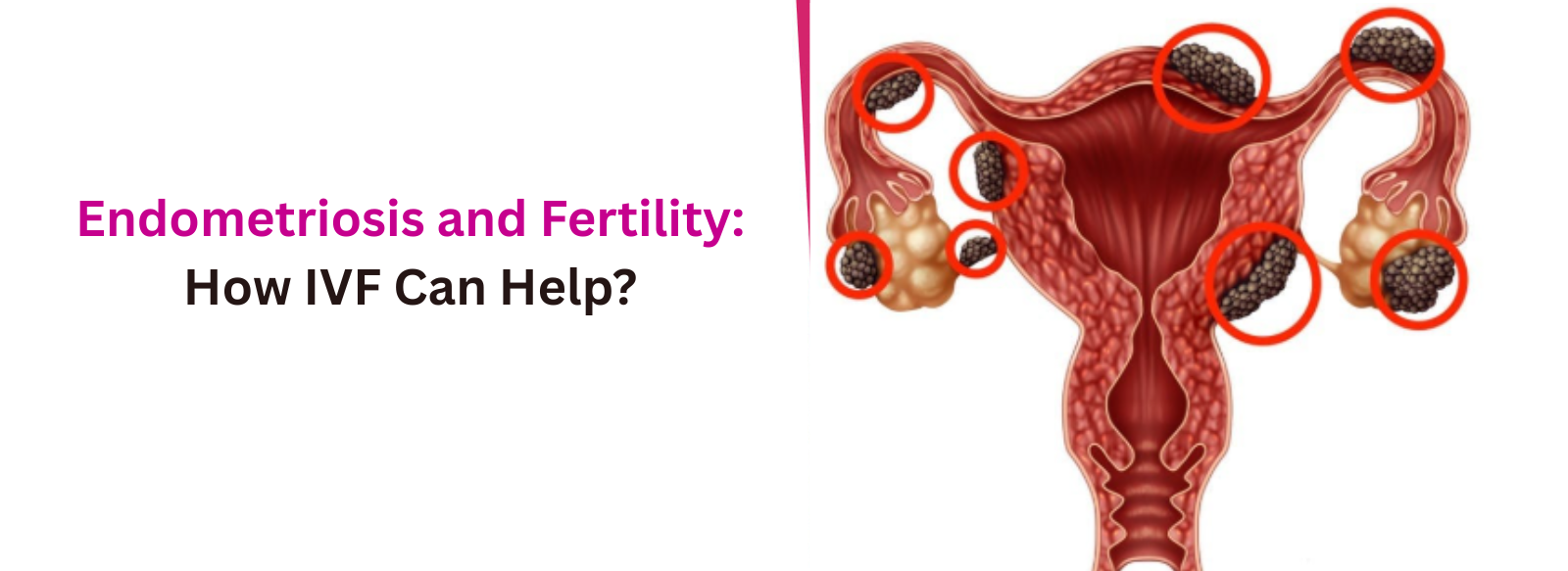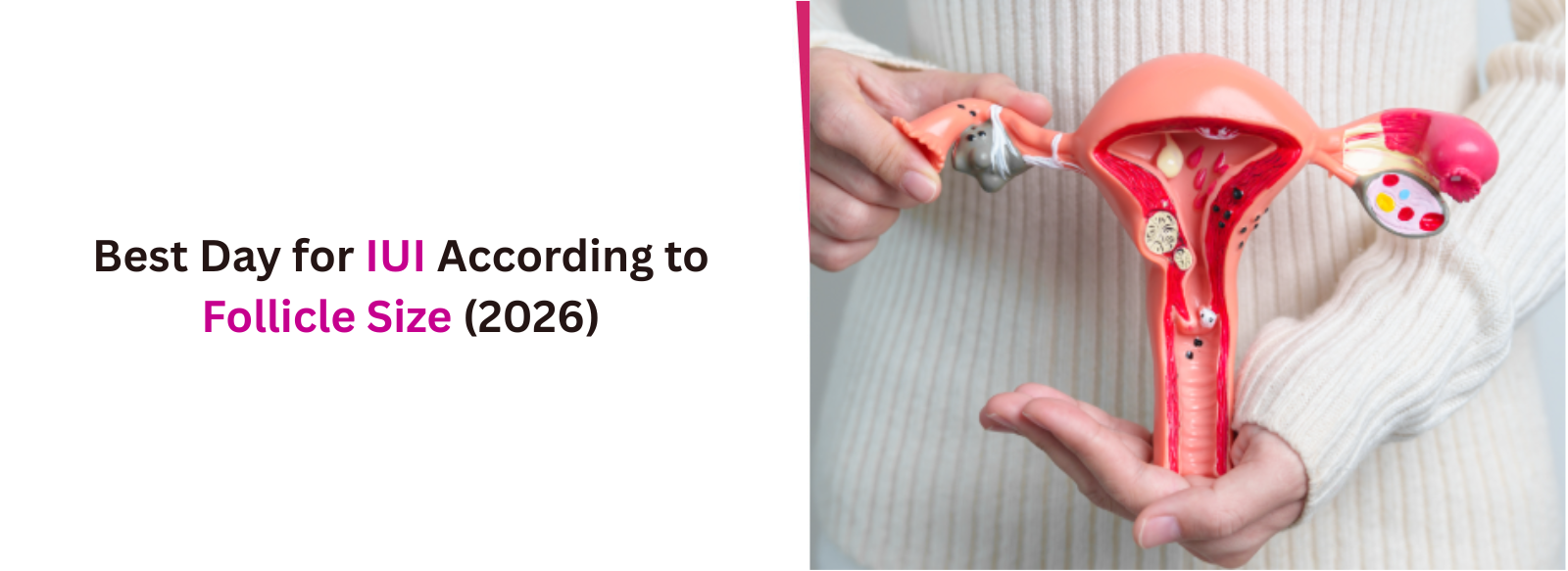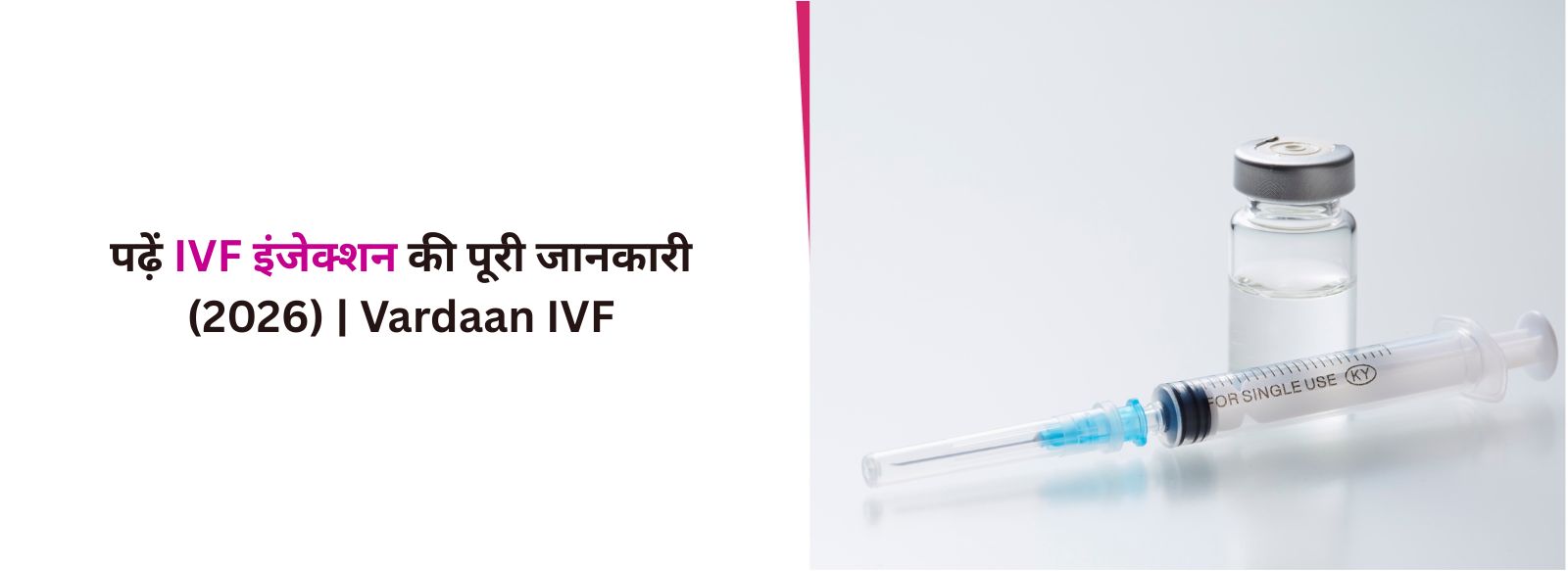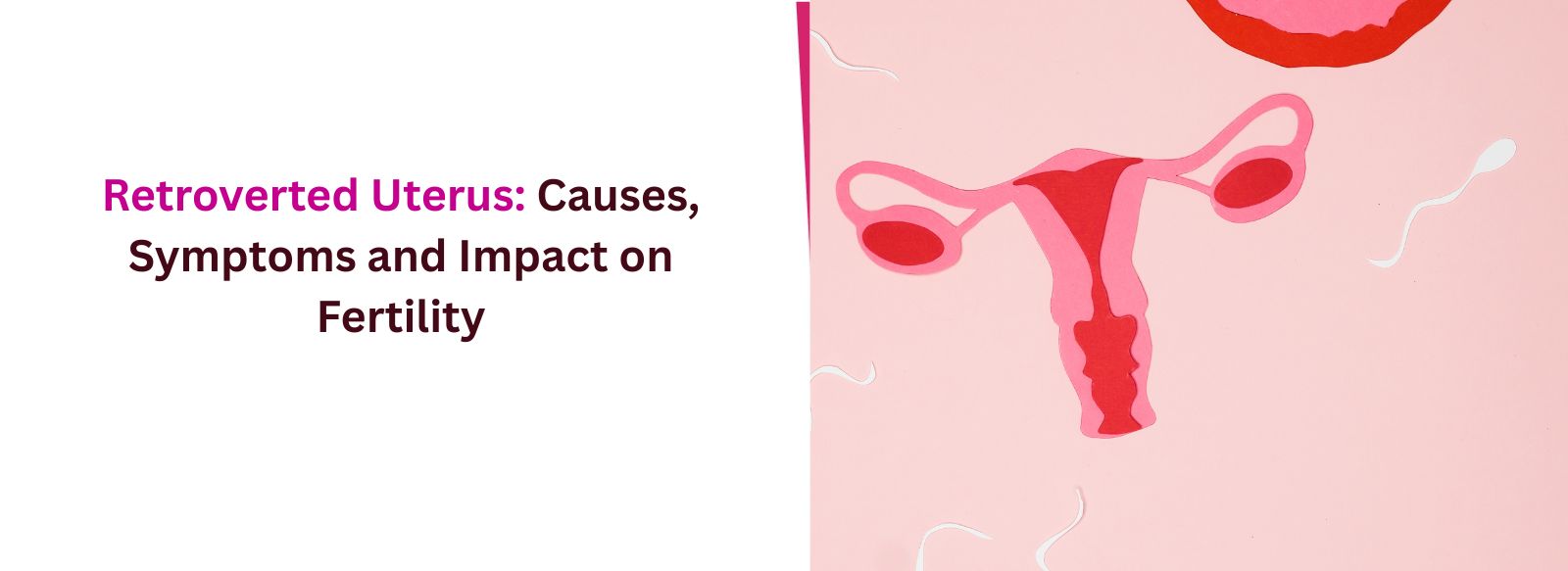What is Frozen Embryo Transfer (FET)?
In IVF (In Vitro Fertilisation), embryo transfer is the final step where an embryo is placed into the woman’s uterus. There are two main types of embryos:- Fresh Embryo Transfer: The embryo is transferred into the uterus a few days (typically 3 to 5) after egg retrieval and fertilisation during the same IVF cycle.
- Frozen Embryo Transfer (FET): Embryos are frozen (cryopreserved) and transferred in a later menstrual cycle after thawing.
Success Rates: FET vs. Fresh Embryo Transfer
One of the top reasons patients and fertility specialists are leaning toward FET is its strong success rate in many cases.- In different clinical observations, FET often leads to higher implantation and live birth rates, particularly in women under 35 and those with hormone-sensitive conditions like PCOS.
- Fresh embryo transfers may work better for women with a limited number of embryos or those who respond poorly to ovarian stimulation.
Hormonal Balance and Endometrial Receptivity
After ovarian stimulation, your hormone levels may be too high for optimal embryo implantation. In such cases, fresh transfer might not yield the best outcomes.- With Frozen Embryo Transfer, your uterus has time to return to its natural hormonal state.
- This improves endometrial receptivity, making the uterine lining more suitable for embryo implantation.
Is Frozen Embryo Transfer Safer?
Yes, for certain patients. FET significantly reduces the risk of Ovarian Hyperstimulation Syndrome (OHSS) — a potentially dangerous response to fertility drugs. Fresh transfers done during the same cycle as ovarian stimulation may elevate this risk, especially in women with high AMH levels or PCOS. FET is also considered safer for both mother and baby, with some studies showing:- Lower risks of preterm birth
- Better birth weights
- Reduced rates of placental complications
Advantage for Genetic Testing (PGT)
When you opt for Preimplantation Genetic Testing (PGT), FET becomes almost a necessity. Embryos need to be biopsied and tested for genetic abnormalities, and the results take time.- Frozen embryos give you time for this testing process without rushing into a fresh transfer.
- This improves outcomes by ensuring only chromosomally normal embryos are implanted.
Emotional and Psychological Considerations
While both procedures involve emotional highs and lows, FET provides breathing space for patients between stimulation and implantation. This often allows time to:- Mentally and physically recover.
- Make data-backed decisions based on embryo quality.
- Avoid the overwhelm of a tightly packed IVF schedule.
Cost Comparison: Frozen vs. Fresh Transfers
While Frozen Embryo Transfer may cost more upfront (due to freezing, storage, and thawing), it can be more cost-effective in the long run.- Higher success rates per cycle mean fewer IVF cycles are needed.
- Reduced risk of complications like OHSS saves money on medical interventions.
- Fresh embryo transfer: ₹75K to ₹1.2L per cycle
- Frozen embryo transfer: ₹1L to ₹1.5L per cycle (includes freezing and storage for 6–12 months).
Global Trends and Medical Recommendations
Around the world, the shift toward Frozen Embryo Transfers is increasing.- In the US and Europe, over 70% of transfers are now frozen.
- Leading fertility clinics in India are also seeing more patients opting for FET due to better planning and improved outcomes.
Are There Any Downsides to Frozen Embryo Transfer?
Despite its benefits, FET may not be ideal for every patient. Potential downsides include:- Delay in the transfer process (you may wait 1–2 months after retrieval).
- Risk of embryo loss during thawing (though minimal with modern techniques).
- Slightly higher chances of pregnancy-induced hypertension.
- Women with low ovarian reserve and fewer embryos.
- Patients needing immediate implantation due to medical reasons.
Final Verdict: Which is Better?
Many believe that there is not such an all-in-one answer. But after looking at the advantages and positive acceptance of FET in certain medicals, the answer is clear. Frozen embryo transfer (FET) is definitely better than fresh embryo transfer in terms of IVF success rate and birth rate. Why? Frozen Embryo Transfer (FET) offers:- Better control of the uterine environment.
- Higher success rates (especially with PGT).
- Improved safety profile.
- Greater scheduling flexibility.
Ready for Frozen Embryo Transfer? Visit Vardaan IVF Clinic
If you're planning IVF or still comparing your embryo transfer options, consult with an experienced fertility specialist in Jalandar. Whether you choose a fresh transfer or opt for a more controlled frozen embryo cycle, your treatment should be customised to maximise success while supporting your emotional and physical well-being. Vardaan Hospital already has helped more than 30K couples with their pregnancy. We have over an 80% success rate in IVF and all the facilities available in the hospital. Book your appointment now!Looking for the Best IVF Center in Punjab?
At Vardaan Medical Center, with branches in Jalandhar and Amritsar, we specialize in advanced fertility treatments tailored to your needs. Our expert team offers IVF, ICSI, IUI, egg freezing, and more. We are committed to providing compassionate care and achieving the highest success rates.👉 Book your consultation with Vardaan Medical Center, Jalandhar
👉 Book your consultation with Vardaan Medical Center, Amritsar

